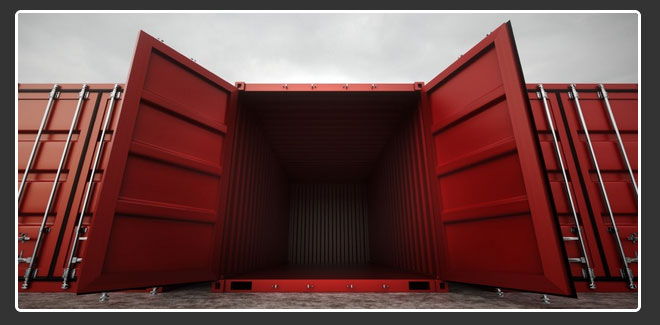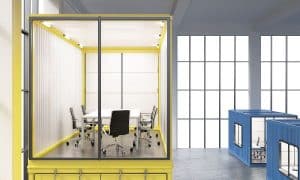 Shipping containers used to be all about transporting cargo. Now they are used in a wide variety of situations. People have used them for everything, from storage to office buildings. After all of the recent natural disasters, a conversation has begun about using shipping containers for disaster recovery.
Shipping containers used to be all about transporting cargo. Now they are used in a wide variety of situations. People have used them for everything, from storage to office buildings. After all of the recent natural disasters, a conversation has begun about using shipping containers for disaster recovery.
The two things that make shipping containers ideal for disaster situations is the fact they are designed to be mobile and secure. Let’s take a look at some other reasons why they are the perfect fit.
Availability
There are very few parts of the country where shipping containers aren’t already available. Freight is continuously being transported between locations using these containers. Besides that, they are stored at facilities around the world, waiting to be used or sold after they are retired. Using these after a disaster only makes sense.
Anywhere a semi-truck can go or where a train can be unloaded can also receive shipping containers. Containers can also be shipped to islands or more remote areas rapidly. And if the shipping containers are transporting goods to the disaster area, once there they can be repurposed.
Versatile In Deployment
Shipping containers are already built to carry just about anything. That makes them very versatile in how they can be used during a disaster. Your first idea might be to use them to store items. However, there is typically a more immediate need after a catastrophe. Shipping containers can serve as homes after a natural disaster. They can be used to set up a command center to control response or triage facility for medical needs.
Made from steel, shipping containers are straightforward to modify. Adding windows, doors, ventilation, floors, and walls are easy.
Quick Setup, High Durability
Once on-site, a shipping container needs minimal setup. Depending on the conditions you might want to secure it to the ground or provide drainage around the base. Other than that, they are ready to go as soon as they are placed on the ground. Even with this minimal setup, shipping containers maintain fantastic durability. These containers are designed to travel across the ocean exposed on the deck of a ship.
During disasters, there could be a lot more done with shipping containers – from creating a home for displaced victims to securing survival goods.
For more ideas on how shipping containers can be converted for other uses, contact Carolina Containers at 919-562-9187.

 When searching for a temporary mobile office, there are two options available: office trailers and
When searching for a temporary mobile office, there are two options available: office trailers and